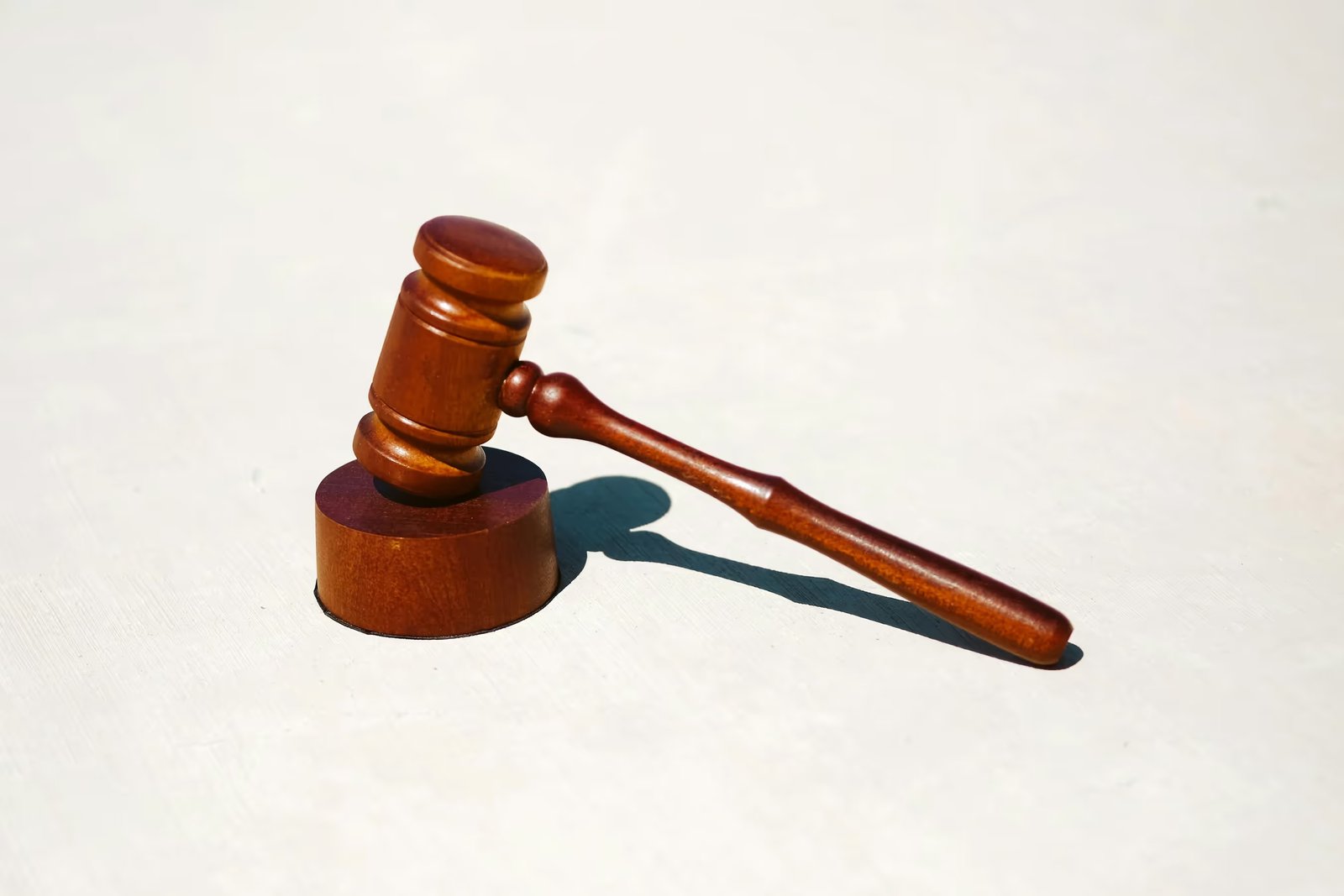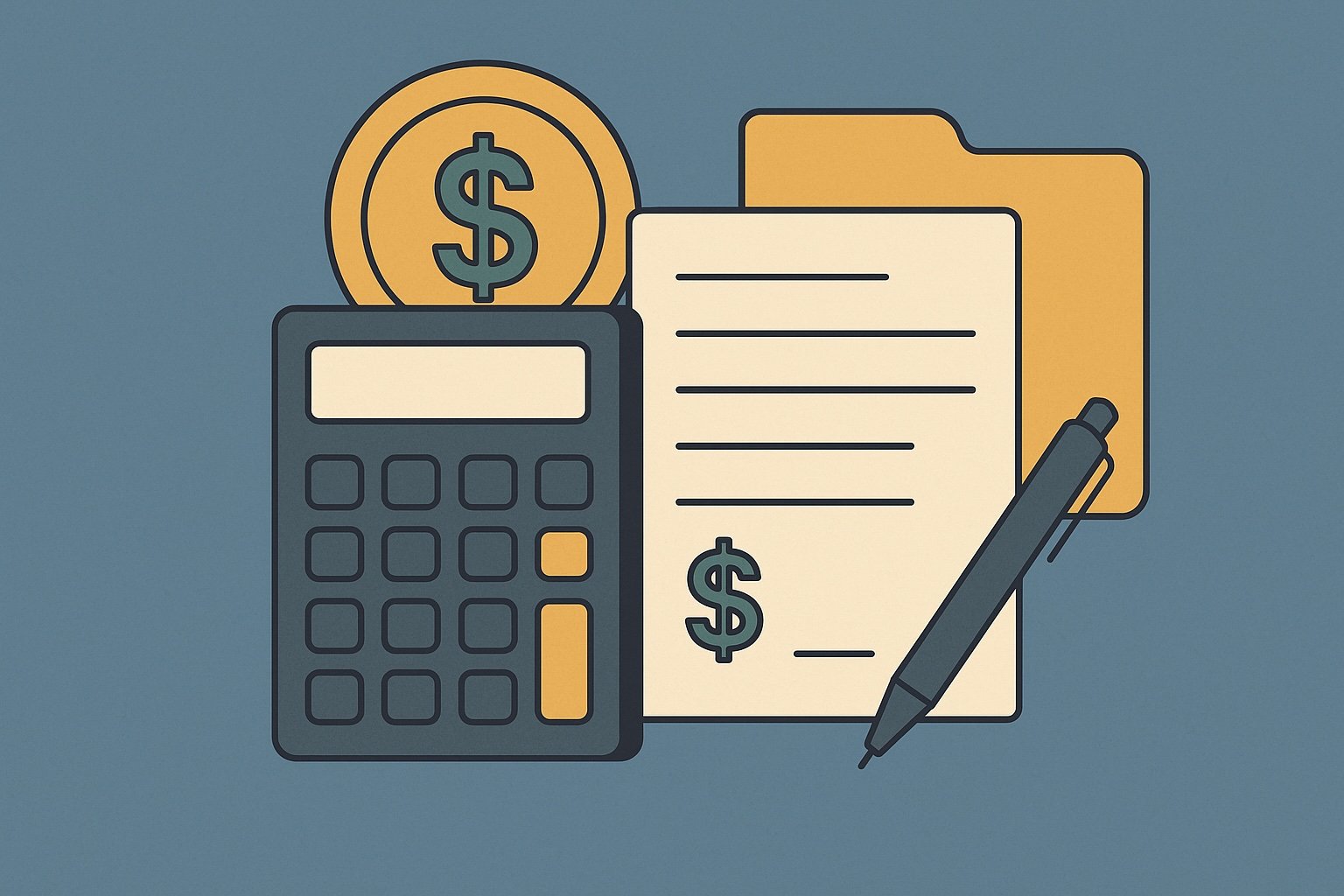Question
ARTE's Answer
When considering a 1031 exchange, it's important to understand how mortgages and other debts are treated in the process. A 1031 exchange allows you to defer capital gains taxes by reinvesting the proceeds from the sale of a relinquished property into a like-kind replacement property. However, the treatment of mortgages in a 1031 exchange can be a bit complex.
In a 1031 exchange, the goal is to reinvest all the net proceeds from the sale of the relinquished property into the replacement property. This includes maintaining or increasing the level of debt. If you have a mortgage on the relinquished property, you cannot use the exchange proceeds to pay off that mortgage directly. Instead, the mortgage is typically paid off as part of the closing process when the relinquished property is sold. The key is to ensure that the replacement property has an equal or greater amount of debt to avoid recognizing any gain as “boot.”
Boot is any non–like-kind property or cash received in the exchange, which can trigger taxable gain. If the debt on the replacement property is less than the debt on the relinquished property, the difference is considered boot and may result in a taxable event.
Example
Imagine you own a rental property with a fair market value of $500,000 and an outstanding mortgage of $200,000. You decide to sell this property and use Deferred.com as your qualified intermediary to facilitate a 1031 exchange. You sell the property for $500,000, and after paying off the $200,000 mortgage and $20,000 in closing costs, you have $280,000 in net proceeds.
To fully defer your capital gains taxes, you need to purchase a replacement property worth at least $500,000. You find a suitable replacement property for $550,000. To complete the exchange, you use the $280,000 in net proceeds as a down payment and take out a new mortgage for $270,000 to cover the remaining balance. By doing so, you have reinvested all the proceeds and maintained an equal or greater level of debt, thus avoiding any taxable boot.
At Deferred.com, we offer a No Fee Exchange, which can save you money on the transaction. As your qualified intermediary, we ensure that the exchange is structured correctly, holding the proceeds from the sale of your relinquished property and using them to acquire the replacement property within the required timeframes.
It's crucial to work with a knowledgeable qualified intermediary like us at Deferred.com and consult with your tax advisor to ensure that your 1031 exchange is structured properly and complies with IRS regulations. This will help you maximize the tax deferral benefits and avoid any unintended tax consequences.
Have more questions? Call us at 866-442-1031 or send an email to support@deferred.com to talk with an exchange officer at Deferred.
Sources
- What To Do About Exchange Expenses in a Section 1031 Exchange? (Article)
- Rev. Rul. 59-229 (Exchange of Unencumbered Farm Lands, Buildings, and Unharvested Crops)
- Deferring Losses On The Sale of Property Using 1031 Exchanges
- Goolsby v. Commissioner
- TAM 200039005 (Failed Reverse Exchanges)
- Rev. Rul. 2002-83 (Related Party Exchanges)
- TD 8535 (Like-Kind Exchanges of Real Property-Coordination with Section 453)
- 1.1031(k)-1 (IRS Code of Federal Regulations)
1031 Question? Ask ARTE
Deferred's AI 1031 Research Assistant is trained on 8,000+ pages of US tax law and outperforms human CPAs by 22%+
CHAT NOW
Learn More
See more frequently asked questions about 1031 exchanges








